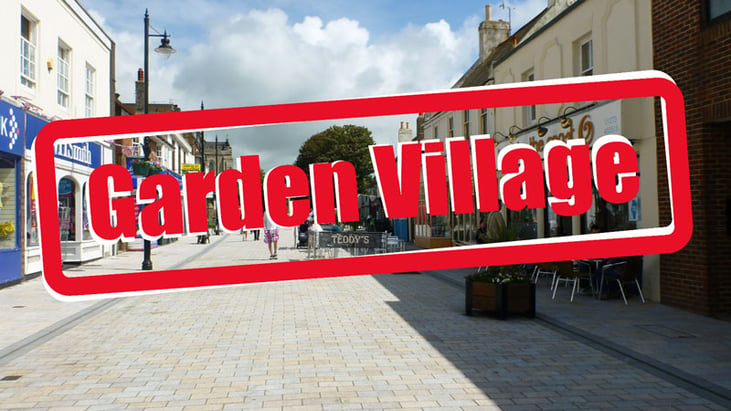As a new year treat, the government recently announced the location of the first 14 of its “Garden Villages”. The “Villages” will between them deliver close to 50,000 new homes, some of which boast specific character or innovation. For a variety of reasons, the “Garden Village” title belies the local controversy that awaits developers and local authorities who do not find effective ways to engage with communities about these projects.

A condition of Garden Villages is that they will be “freestanding” rather than an extension of an existing town. This has pros and cons, depending on location. It can ease local housing pressures in more rural communities - but also potentially create car-dependant dormitories, too small on their own to sustain a local community infrastructure.
The Guardian quotes concerns being raised about the new developments. These include pressure on roads and the use of “greenfield” land for some of the “Villages”. The broader point is that public participation in planning these villages may have been at least partially overlooked - they are either re-packaged existing projects, or top-down edicts.
To avoid damaging hold-ups from local opposition, Garden Village proponents will need to quickly find ways of generating positive enthusiasm amongst local people. As ever, livability and affordability will be keys to acceptability, and under the current private-public housebuilding delivery arrangements, developers will need to be part of the effort to make each Village and all its new homes attractive and acceptable.
Commonplace is currently providing the community engagement platform for local people as part of the project to deliver Didcot Garden Town. The two local authorities are using Commonplace to understand what local people like about Didcot as it is, and what they’d like to see improved. The reach of the online consultation is very wide - approximately 15% of the local adult population have used the online community engagement tools. By addressing the aspects of livability at a very early stage, councils and their developer partners can incorporate more of what is already good, and capitalise on some of the existing opportunities for positive change in the town.
Adopting best practice in community engagement, including effective use of digital tools, is essential to countering fear and entrenched opposition. The transparency and accountability that online community engagement brings - alongside traditional face-to-face activities - are a key to tackling “NIMBYism” and hence speeding up delivery.
Commonplace has had this impact in a variety of projects and scales. For example, the extensive public realm Mini Holland schemes in the London Borough of Waltham Forest are considerably more advanced than those in two other London boroughs, with Waltham Forest standing out for the early and extensive public engagement and information effort.
On a smaller - but locally-significant scale, Commonplace helped developer Thornsett fine-tune its designs for Mosaic Place in Purley. This development initially aroused significant controversy but last month obtained planning permission from Croydon Council.
Trust, transparency and information are keys - and digital platforms for public engagement such as Commonplace make this easier to achieve than ever. In securing the success of these Garden Villages, high quality digital engagement must be quickly grasped for the progressive opportunity that it offers to everyone involved.
.png)
